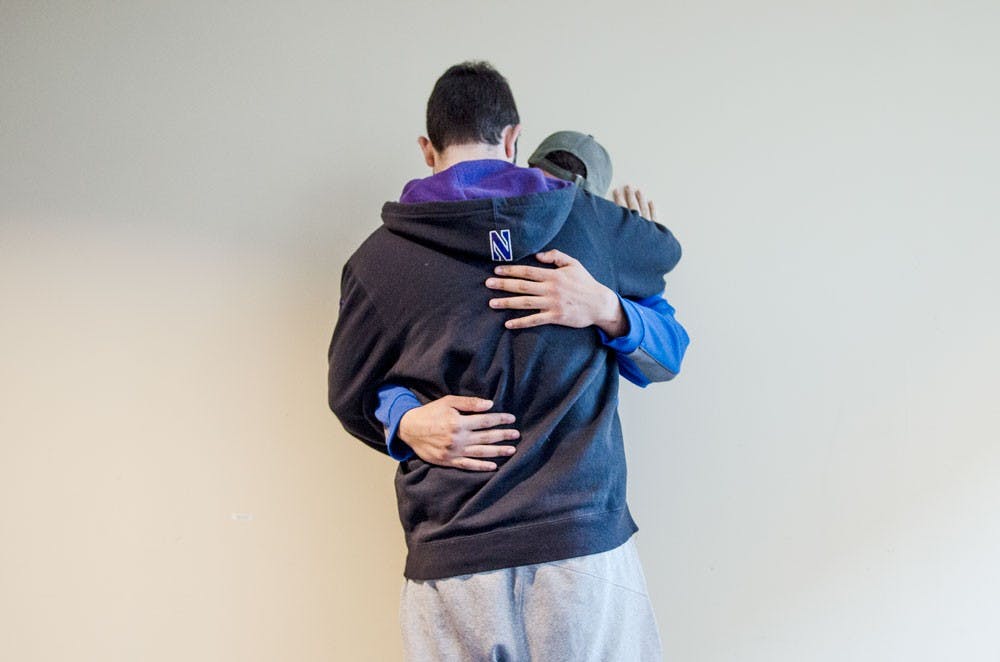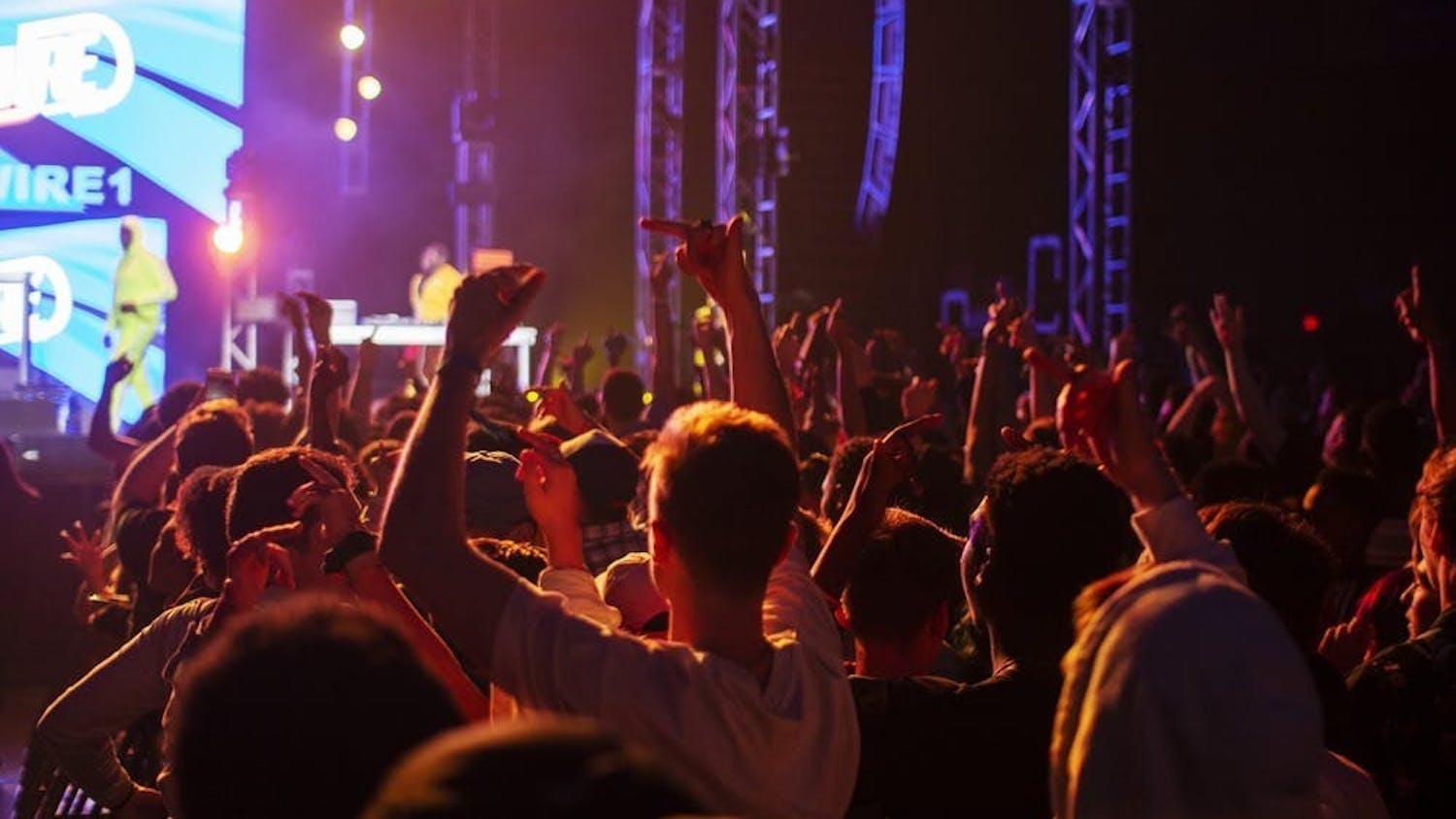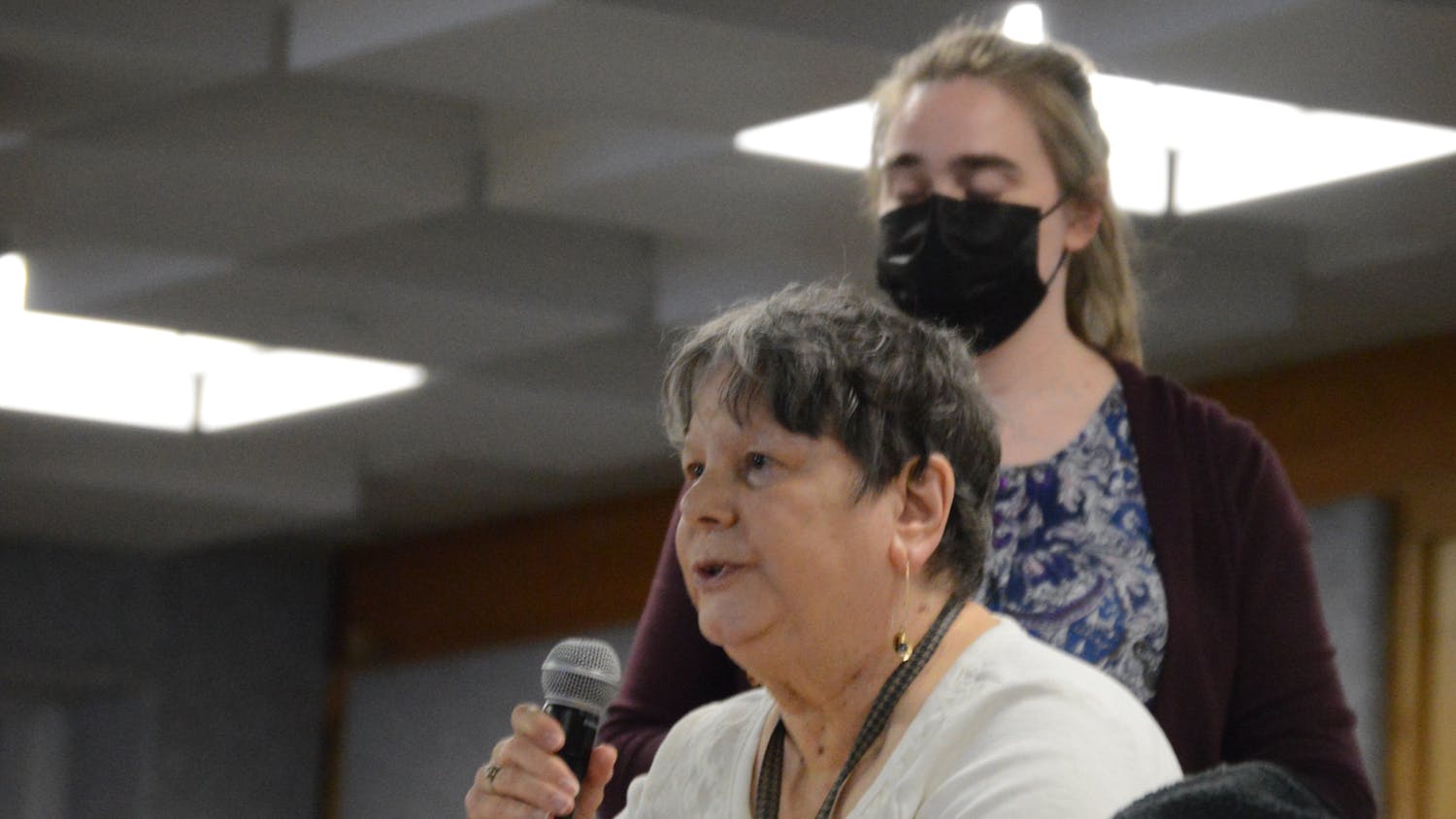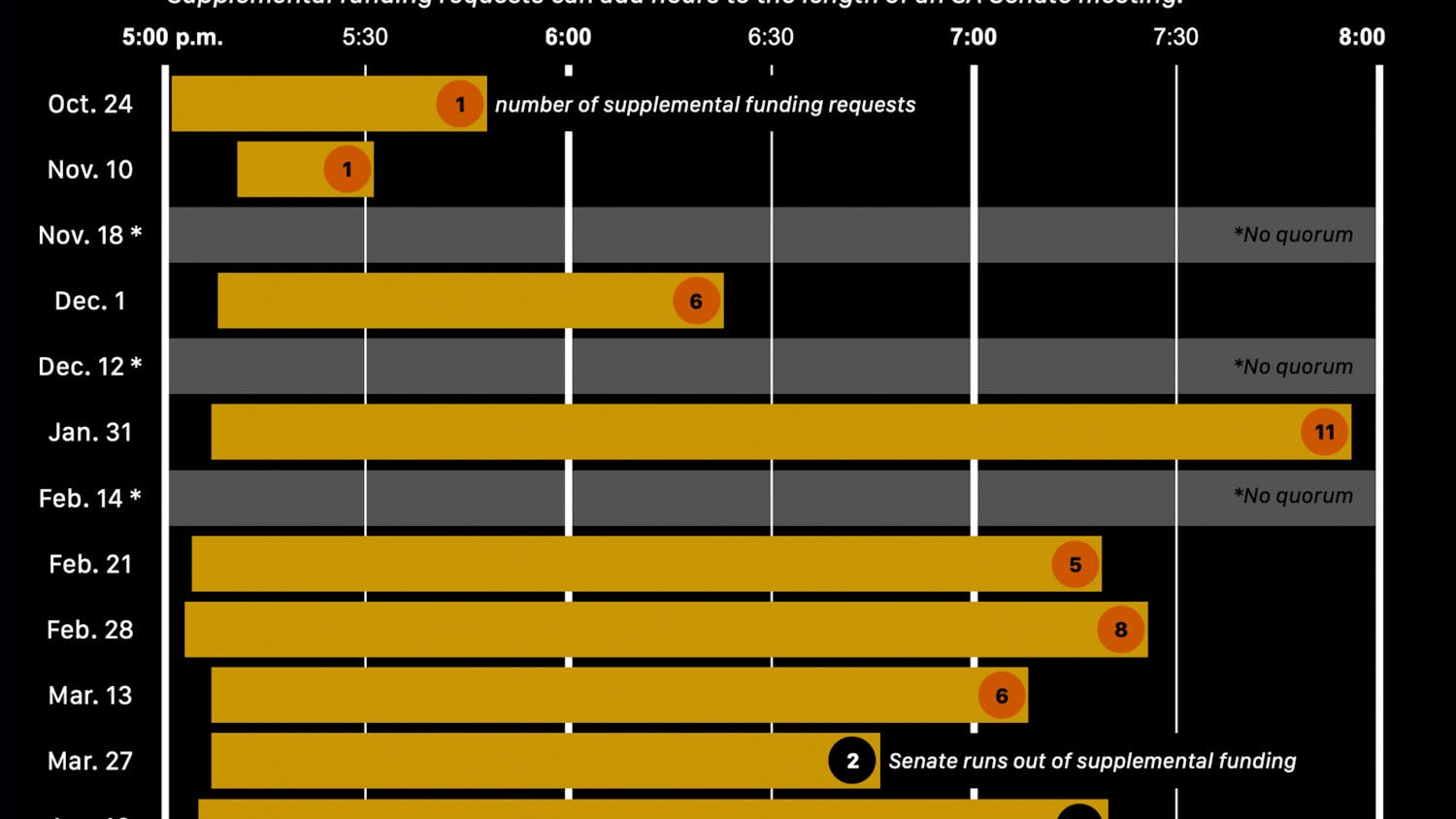Whenever Paris Canty enters the home of a man he’s met on Grindr, he always has a nagging thought in the back of his mind that the person may wind up being a serial killer.
But that thought hasn’t stopped the UB alumnus from using the popular app for the past four years to find new friends, casual hook-ups and boyfriends.
With more than five million active monthly users in 192 countries, Grindr has become one of the most popular dating apps in the world. The app – which users can download on several different devices including iPhones and Androids – was specifically created for gay and bisexual men to meet one another through a phone screen instead of face-to-face.
In The Spectrum’s sex survey of more than 700 people, nearly 24 percent of UB students said they’ve used a dating app to hookup or have sex.
Similar to other dating apps, Grindr uses GPS technology so users can track one another’s location in order to meet up. Lucas Brooks, sex educator and blogger for the website The Intellectual Homosexual, said this tool helps those who are looking for gay men in the area also interested in meeting up.
Brooks said this is especially helpful for individuals who may feel as though they live somewhere they won’t be accepted for being gay or if they are traveling and want to meet someone local during their stay.
“It just makes connecting a lot easier, and it’s particularly helpful for those who may not be as extroverted as others,” Brooks said in an email.
Canty said he first began using Grindr during his sophomore year of college in order to meet new people after he got out of a long-term relationship. Rather than using the app to look for another relationship or find something casual, Canty said he found Grindr to be a useful tool to find who was gay or bisexual around him.
While some, like Canty, use the app to form bonds with people in ways that may not be sexual, others use it with the intent to meet others looking for casual hook-ups.
Kevin Allison, a comedian and actor, said he loved Grindr when it first came out, however has since moved on to other apps. The ability to be behind a phone screen rather than in person was something Allison liked about the app.
“You have more time to be clever or to say things with precision and accuracy,” Allison said in an email. “It’s also much easier to establish what your kinks or preferences are in a profile than in a conversation at a bar or on a first date.”
However, Allison said he thinks Grindr has become frustrating since many men take a long time to respond because they are messaging several different potential hook-ups at once.
According to a survey done by Grindr in 2014, 29 percent of single Grindr users were looking for relationships while 26 percent were looking for casual flings.
Ryan Burns, a senior civil engineering major, said within the two years he’s used Grindr, “99 percent” of his relationships with fellow Grindr users were casual hook-ups.
Burns said he thinks Grindr’s hook-up culture is both positive and negative. He said the app provides men an easy opportunity to hook-up with one another and is the most effective out of any dating app he’s used.
“The other ones, it’s kind of ambiguous what [other users] are looking for. It’s not always a hook-up,” Burns said.
He said men on other apps are sometimes looking for a relationship or to go on dates. They might be “turned off” if he leads off saying he is only looking for something casual.
Another concern with the app’s easy allowance of casual sex is the rise of sexually transmitted diseases or infections.
According to The Huffington Post, a study done by the non-profit group the Los Angeles LGBT Center showed that men who use social media apps to find partners as opposed to meeting them online or in person had a 25 percent greater odd of contracting gonorrhea as well as a 37 percent greater odd of contracting chlamydia.
In September, the AIDS Healthcare Foundation came under fire by another popular dating app, Tinder, after the non-profit put up a billboard with both Tinder and Grindr alongside the words chlamydia and gonorrhea.
“The basic information that most guys want – age, body type, race – is immediately available, and X-rated photos can be exchanged with the click of the button,” Brooks said. “The last I checked there wasn’t any space to indicate safer sex practices.”
He said another dating app that he has been using in place of Grindr gives the option for users to indicate what type of safe sex practices they may use.
“It makes the conversation a little easier, rather than just plastered [drug and disease] free across your profile and calling it good,” he said.
Tinder recently implemented a feature in its app that allows users to find STD and STI testing centers nearby.
But Dr. Neil Cannon, a Denver-based certified sex therapist, said he doesn’t think dating apps like Tinder and Grindr deserve the blame for STIs, as popular dating websites don’t get the same backlash.
“The tool is fabulous. Some people use it responsibly and others don’t,” Cannon said in an email. “I think that [the attention toward Grindr about STDs] is sex negative, moralistic nonsense. It would never be said that the reason one in six adults between 18 and 49 have genital herpes is because of Match.com or eHarmony.”
For World AIDS Day, Grindr wrote a blog post on its website about how its users could implement safer sex, including ensuring they knew where they could be tested for STDs and STIs and promising to support HIV positive Grindr users.
Many Grindr users said regardless of what the study shows, it is ultimately up to each person to be responsible for himself. Even with the negative stigma surrounding the dating apps and STIs rates, some say they will continue to use the app to find potential partners.
Like Allison, Brooks said he thinks most guys appreciate the fact that when using the app, it’s not face-to-face which takes the pressure off. If a guy gets rejected, he said, within the amount of time it takes to type another message he could be onto the next possible relationship.
Canty said this app has allowed him to ultimately learn more about himself in regard to his likes and dislikes in what he looks for in a partner and his own life.
When he first began using the app, Canty said he put on a “front” to make himself what he felt would be more appealing to others. Without being in front of the person he was able to mold himself into a different person, however he eventually learned that guys preferred when he was genuine and he felt the same about those he talked with.
“I realized seeing all of these people putting on this front, I wondered, ‘Why does everyone do it?’” Canty said. “People respond more to a genuine personality than a put-on one just for the sake of face.”
Marlee Tuskes is the senior news editor and can be reached at marlee.tuskes@ubspectrum.com. Follow her on Twitter at @marleetuskes.





